DO NOT eat a berry if you cannot identify it. I decided not to include the obvious blueberries, blackberries and raspberries, but this guide will assist you in identifying which wild berries are, in fact, poisonous.
The best way to stay safe when looking for berries is keeping a berry guide, like this one, with you while you gather them.
YEW berries - poisonous
red or blue berries on evergreen shrub with soft bright green needles; if you must eat for survival just the fruit of the yew but never the seeds; soft red capsules with a hard green stone in the center; eating more than three yew berries can cause vomiting, abdominal pain, dizziness, difficulty in breathing, and changes in heart rate

HOLLY berries - poisonous
Hard, red berries that grow on deciduous or evergreen shrubs (these shrubs can grow to be a tree); leaves are stiff with sharp points and may be edged with white; eating more than 3 holly berries can cause severe and prolonged nausea, vomiting and diarrhea, as well as drowsiness
(European Holly ) A different plant from holly, European holly berries are slightly poisonous to people. They have white flowers and red berries.
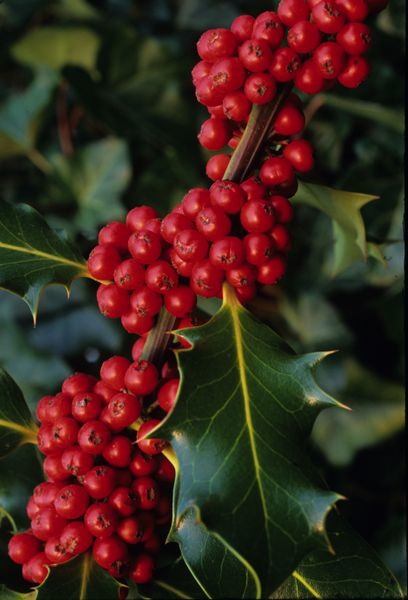
DAPHNE berries - poisonous
sweet smelling green or pink flowers

PRIVET berries - poisonous
berries of this shrub are only mildly poisonous to humans (but eating them is still not recommended), has purple to black fruit

POKEWEED berries - poisonous
A.k.a. Ink berries, poke, poke berry and pokebush; birds can digest pokeweed but the berries are poisonous to humans; berries are dark purple, while the flowers of are greenish-white; grow up to five feet tall and has thick green-purple stems similar to rhubarb; grow in clusters, like grapes, and ripen from white to green to rose and finally purple; Ripe berries stain the hands purple when crushed; eating over 10 berries may cause headache, abdominal pain, and severe diarrhea

JERUSALEM CHERRY - Poisonous
resembles a cherry tomato, making it easily confused for a non-poisonous fruit

ELDERBERRY - Poisonous
produces white or cream colored flowers and black, blue-black or red berries; contains cyanide; Instances of cyanide poisoning include symptoms ranging from gastrointestinal distress and diarrhea to a general feeling of debility; Cooking the berries dispels the cyanide toxicity

DOLL'S EYES - poisonous
highly poisonous berry which grows on a plant with white flowers. The berry itself is large and white with a black mark, giving it the appearance of eyes.

AMERICAN BITTERSWEET berries - poisonous
woody vine often used in fall wreaths and dried flower arrangements; orange-yellow berries are three-part capsules with a seed in each part; they grow at the point where the leaves join the stems; eating American Bittersweet berries can cause stomach upset and diarrhea

JUNIPER berries - poisonous
evergreen tree often used in holiday decorations; blue-purple berries have been used in recipes for flavoring; safety of juniper berries as a food item is questionable since abdominal cramps and diarrhea have been reported when large amounts were eaten

DOGWOOD TREE berries - Not Poisonous but watch out
spring flowering tree which bears pink or white flowers; in fall there are bright red berries; Dogwood berries are not toxic when eaten, but there have been reports of rashes after skin contact with the tree

HONEYSUCKKLE berries - Not poisonous
woody climbing vine that produces sweetly fragrant white or yellow flowers; suck the honey from the flowers in the spring; in fall there are red or orange berries; Neither the flowers nor the berries are reported to be poisonous

PYRACANTHA berries - not poisonous but watch out
A.k.a. "Fire Thorn" because the thorns can cause an irritating rash; evergreen shrub with orange-red and yellow berries which grow in clusters; Pyracantha berries are not considered poisonous unless large amounts are eaten; some sources even report them to be edible

WILD STRAWBERRIES - not poisonous
wild version of the edible strawberry; looks exactly like the strawberry you may find in a grocery store, but the taste is not as sweet; wild strawberries are not poisonous and they can be found in the spring, summer and fall

Sources:
http://www.life123.com/home-garden/trees-shrubs/berry-bushes/poisonous-berries.shtml
http://www.chop.edu/service/poison-control-center/resources-for-families/berries-and-seeds.html
http://www.sierrapotomac.org/W_Needham/Elderberry_061106.htm
Just updated your iPhone? You'll find new emoji, enhanced security, podcast transcripts, Apple Cash virtual numbers, and other useful features. There are even new additions hidden within Safari. Find out what's new and changed on your iPhone with the iOS 17.4 update.



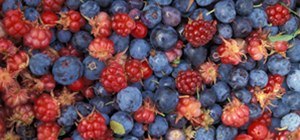

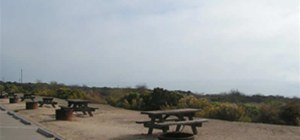
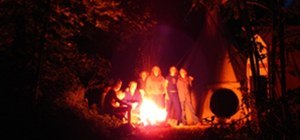


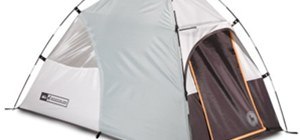

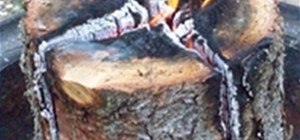






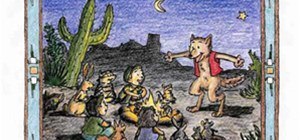


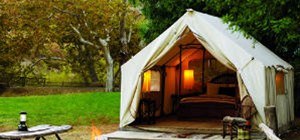



7 Comments
Sukhvir is stupid berry
Elderberry is an entire family of plants, making this article a generalization. Most elderberry is not toxic if cooked, and generally nothing to worry about in small quantities (certainly I would eat them before starving). Many people simply dry them to use them as seasoning. Juniper is not toxic, in general, and again is a LARGE family of 50-67 different sub-species ranging across the northern hemisphere, almost all of which are edible, so long as you don't eat the needles. Juniper is used to make jin and the berries and sap are commonly used in cooking and body care. Yew berries aren't poisonous at all IF you don't eat the seed, in fact, most small animals get away with eating them because their stomaches don't break down the seeds outer shell. I eat them whenever I find them because they are delicious syrupy and sweet. I would double check the information in this article. It may also help to define the difference between "inedible", "poisonous", "deadly" and simply "unpalatable" because those are important distinctions to make, especially if you need to eat berries to survive.
I eat privat, poke, and juniper berries "when ripe".
Never had any problems.
Native Americans and people today make a wine from the poke berry. Mine the seeds. Seeds are very bitter as I have tried them in the past, but now spit them out.
Richard
Where in Northern California I find wild strawberry or wild blueberry? In Europe we go to forest and pick up wild strawberry and blueberry.
I'm confused about the Juniper berries. I just read an article that showed them but called them something else (Cedar or Elder). But they are the same ones you pictured here. The article states it is great for the pancreas. Now i am confused. To eat or not to eat??
What is pictures are not dogwood berries, but Cousa Dogwood fruit, which are completely edible and delicious.
I ate a lot of firethorn berries many times in my life and never had any problems. They are definitely edible.
Share Your Thoughts